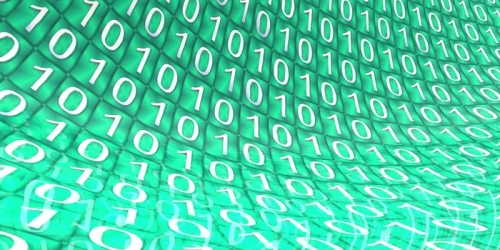In the long term, research into three dimensional (3D) models of food and beverages will contribute to greater variation and improved quality in foods, according to the Technical University of Denmark (DTU).
“Computer processing power and mathematical modelling are required to generate 3D models of the foods and beverages, such as milk, we consume. In the future, 3D models of foods will be commonplace in the industry,” says associate professor Jeppe Revall Frisvad from DTU Compute, who was involved in the work to create virtual 3D models of milk products.
Mapping foods
“For example, we have visualized all the component parts of milk, such as fat, protein and vitamins. On the basis of the particle composition, we can now recreate the products digitally, or alter them by adding more digital proteins,” says Jeppe Revall Frisvad in an interview with Computerworld magazine.
By mapping the contents of—for example—milk in this way, researchers can predict what will happen when the composition of the product is changed.
The overriding idea behind digital prototypes of foods is to give food producers greater freedom with regard to improving existing products and developing new ones.
Digital prototypes enable prediction of alterations in appearance and consistency resulting from changes to the product’s contents (i.e. the ingredients).
Industrial robot for creating mathematical models, prototypes
When digitizing objects, researchers at DTU Compute use an industrial robot to photograph the object in question from every imaginable angle and in a variety of lighting scenarios.
They then apply the laws of mathematics, geometry and physics to build up a mathematical model of the object.
From the perspective of research, a mathematical model of a food provides a great deal of information about the relationship between the chemical and physical composition of the food and its appearance, consistency and fluid properties.
It is also possible to take a picture of a food and use it as a basis for drawing conclusions about its quality, contents and consistency or structure.
This information can then be used in food production, where — for example — it is possible to stop the souring process of yoghurt at precisely the right time by using a camera to monitor a tank.
Research is being conducted in the Centre for Imaging Food Quality food project in which DTU Compute is involved.
Greater variation, improved quality in foods
“For consumers, this research will help contribute to greater variation and improved quality in foods,” said Frisvad.
“It is also possible to think even further into the future and imagine small, hand-held instruments based on diodes and a tiny camera, which have the potential to inform us ordinary consumers about the quality and consistency of the foods in our kitchens before we serve them up in meals.”
“Or we could have a scanner in our ovens that keeps track of the water content of bread while it is being baked. This would help us to take the bread out of the oven at exactly the right time.”
Story by Karin Rauch, Technical University of Denmark.










